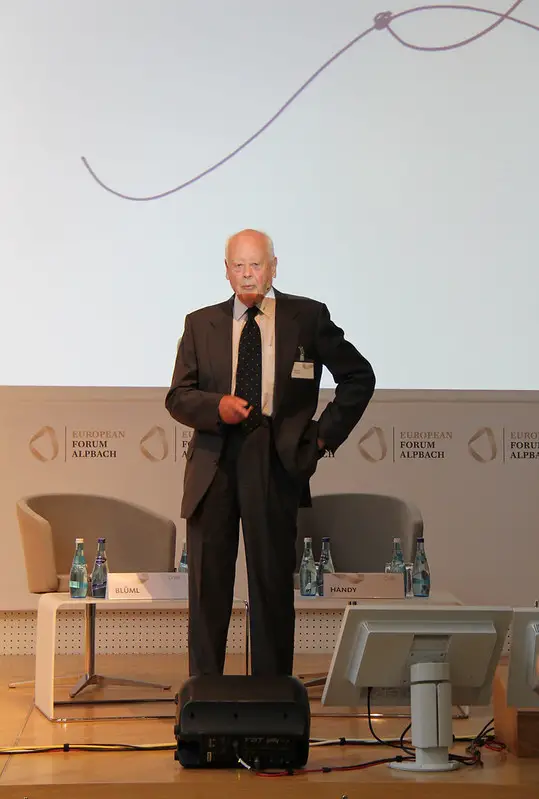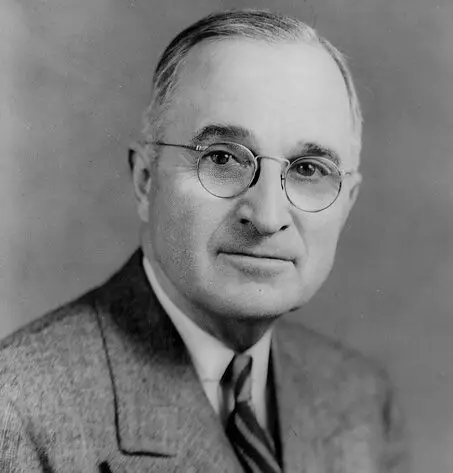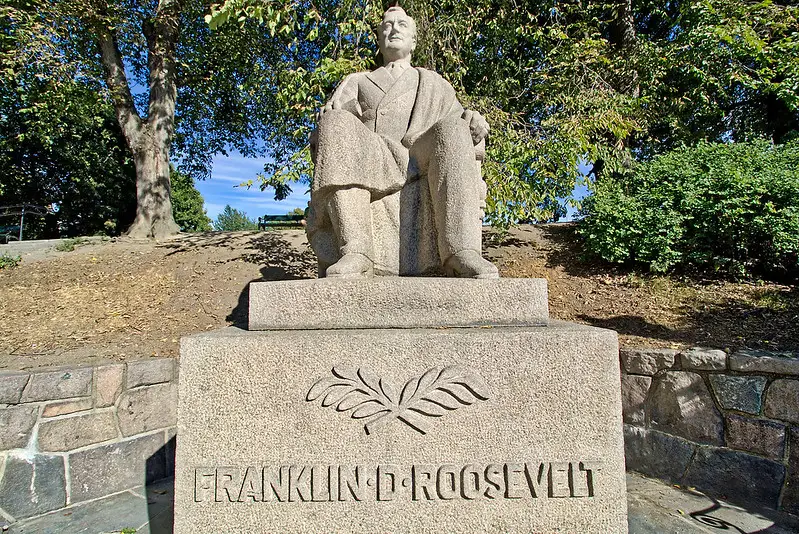As many people work for companies, it is a very important feature to grasp how to gain success in a company. Being an effective executive helps you to learn the way to gain this success.
In this summary, you will find information explaining how to make decisions as an effective executive and how to stand behind them. You properly assign your power and when to use it and most importantly, you learn that time is the most valuable asset you have and how to use it correctly.
Besides, effective executives support their team by ensuring successful communication and the improvement of employee skills. This results in everyone being successful.

Chapter 1 – Effective executives are good role models; developing your abilities will lead you to success.
Think of an executive you praise. Do you think this person is talented as if they were born for their job?
In reality, we are not born as effective executives but become effective executives. So you can be one too.
Begin with setting yourself up. Management is not to change other people, but to be a role model for others.
An efficient manager knows well what should be, how ideas turn into action, and how to develop a sense of responsibility and accountability in an entire corporation.
U.S President Harry Truman is the embodiment of a successful leader. When Truman was elected president in 1945, although he wanted to address internal issues, he understood that there is a need to deal with problems abroad. So he dealt with foreign policy and finally became one of the most influential foreign relations leaders in American history.

Such excellent results are possible only if you develop yourself and strive for improvement.
To do this, observe your own work in detail. If it is done regularly, this can be an effective method for self-improvement. By comparing your final results with the beginning objectives, you can see better what your strengths are and identify the sides you need to develop.
Performance controls can show whether you have any mistakes. You might be mistaken because of the decision bias, for example, the decision-making mechanism is usually based on the loudest or clearest suggestions.
Also, performance observations are useful because they can help you discover what your real weaknesses are. These imperfections are things you can’t really fix. In this way, you will know better when to hand your decisions over to others to improve the overall results.
So, what are the visible changes in daily life that will make both you and your corporation more successful?
Chapter 2 – An efficient executive knows that she is evaluated for good or bad outcomes and has a clear focus toward a goal.
Society consists of organizations. As employees, we must learn how to use them successfully and productively, whether at the executive level or the introductory level.
More and more people become information employees today. An information worker is a professional who works with a “mind” especially in a particular area, such as a market analyst or human resources expert. In contrast, manual workers use “their hands” to produce visible goods.
Since information workers are regularly empowered to make specific decisions that can affect an entire organization, they act as a manager in time because decision making is all about being an executive.
So how can we evaluate the work of information workers and managers in concrete terms? It is hard to do this.
Manual workers produce products that can be measured and evaluated with a clear assessment. However, it is difficult to evaluate the work of an executive in exactly the same way.
Although executives usually work longer hours than manual workers, you cannot find out if they are working effectively by looking at the number of hours someone spends in the office.

Therefore, managers and knowledge workers can only be assessed by their outcomes.
But, this is a more complex assessment than it seems.
Since many people do not work alone, the result achieved does not belong to him alone. Working within a corporation means working with a team.
Many organizations include information workers with the original degree, expertise, and skills. Since the employees work together in the team, communication between them is very essential. Efficient executives know how to manage communication between them to get the best results. Therefore, for example, in the hospital, there is a wide variety of specialists such as nurses, pharmacologists, surgeons, etc. Each group with its own jargon and practices should keep the communication between them as loud and clear as possible to work together.
Chapter 3 – As a manager, you should be determined and stand behind your decisions even if there is criticism against your choices.
Executives are decision-makers. And decision-making begins with the most important decision:
Is this decision really worth to put into practice?
You can answer this query by asking yourself two questions: what would happen if you did nothing without making a decision? Does the probable outcome of your decision weigh more than the risks and costs of this decision? Do not rush to decide if the answer to the second question is “no”.
Effective decision-making executives also give importance to boundary conditions or situations that underpin the decision.
For instance, in the US presidential campaign in 1933, Franklin D.Roosevelt promised to repair the economy after the Great Depression by keeping the current balanced budget. The balanced budget was his borderline.

However, between the end of his presidential campaign and the start of Office, Roosevelt observed that the balanced budget policy disappeared as the economy deteriorated. As a great decision-making leader, Roosevelt realized that the recovery plan was not possible because the border condition was no longer present. Therefore, reform in the economy became a more efficient strategy.
It is difficult to decide. But executing decisions can be even more difficult as it needs more courage. Still, the way to be an effective leader is to always stand behind your decisions.
Unfortunately, it is more common to make unsuccessful decisions. For example, many policy statements do not include a commitment to actions. As a result, a policy will never come into force unless someone applies new regulations.
As an administrator, you should prevent this from happening. It is your duty to determine who is specifically responsible for each action. It is also up to you to take responsibility for the decision itself. Others may, of course, criticize you if your decision is not successful, but it is your job to take this risk.
Chapter 4 – To make the right decisions, learn different perspectives, and take lessons from past the results.
An executive is always evaluated according to his accomplishments or failures. This means a lot of pressure to cope with.
However, as a manager, you cannot know the results of any decision you make. In fact, all you can do is to use the method that you think is best suited for the problem you are trying to solve.
So how do you know if you have chosen the right path? You won’t find the perfect answers to this question. Still, it helps to think of other people’s thoughts and compare them with your ideas in the decision-making process.
Listening to different perspectives will enable you to be more open-minded during the decision-making process. So it is important to work with many different people. At the same time, by supporting their professional improvement, you should help them as they help you.
So far, there is a common misconception that the most influential organizations are those with “the best” people. In fact, corporations succeed because they motivate employees and support their personal improvement.
Still, an important principle of effective leadership is to develop yourself. During the decision-making process, comparing the results with expectations and evaluating your past performance continuously is the most reliable way to decide.

The feedback system is crucial for this type of evaluation. Consider a political system that doesn’t include a persistent and methodological review process and therefore often fails.
In contrast, decisions within companies and the army are regularly being evaluated. This can pave the way for successful organizatiınal structures and possibly better results.
While former U.S President Dwight D.Eisenhower served as a US army general, he made numerous decisions and implemented them. But when he became president, few of his words and ideas went into action.
Chapter 5 – Time is a valuable asset, so be sure to eliminate time-consuming useless activities.
Every executive has to try to overcome restrictions. But there are certain things you can fix such as employing more staff or making a profit to increase your budget.
The only thing really limited is time.
Time is the most valuable resource, so it is important to understand how to spend it efficiently. To do this, start writing a diary to see where you spend your time.
To show how little we know about how we spend our time, the author asked a group of executives to predict how they spend their time on their working days. After writing a time diary for a few days, executives were surprised to see results that were significantly different from their original predictions.
We need time to find out what is at risk before we make a decision. In fact, if you are very hasty in making decisions, you can waste your time, as if making the wrong decision, you have to turn back and try a different method.

Since time is a valuable resource, be determined to end time-consuming activities such as unnecessary meetings or social obligations. You don’t have to go just because another executive invited you to dinner.
For example, a CEO attended a dinner invitation every night for two years. She felt it was a waste of time to spend her time in this way but she could not find any alternative.
But in the end, she realized that it wasn’t necessary to attend customer dinner or events. There were other employees who could and would like to attend these dinners.
Especially for knowledge workers, meetings can also be a waste of time like social events. It is not necessary to have everyone in most of the meetings. It is enough to call only the team members who are closely related to the subject and who have enough time to attend the meeting.
Also, don’t force yourself to make any decisions. Sometimes it can take a long time to make the right decision when you are busy with an important task. A short meeting is a good meeting as long as it is focused and efficient rather than rushed.
Chapter 6 – Pay attention to the strengths of your employees to create a productive working environment.
An organization is not a structure built upon just one person. As a manager, you should always appreciate the contribution of other employees.
Sharing tasks is a useful skill, but make use to select a representative to encourage a more co-working environment. This is about taking advantage of a person’s strengths, not making them do your work for you.
If someone is more successful at a task than you are, then give the job to him to complete it. And be sure they have the time and resources to deal with the project.

The task of the executive is not just about sharing work between people. He works too. Figure out how you can exclusively do your best for the corporation. Fulfill your mission, use your skills to demonstrate that you have earned your status and job.
In addition to finding the most suitable task for yourself in an organization, you should also please your boss. Be dynamic and synergic for taking a step to improve your relations with your colleagues, focusing on efficiency and productivity.
If you do the best job for your skills, you will do a lot of work and your boss will not waste time managing you. This will significantly increase your position and opportunity within the organization.
By doing these and paying attention to the strengths of people, you will be able to create an effective and collaborative working environment.
It is very important to communicate with people, improve our skills, and encourage other people because you reveal the strengths and make their weaknesses go away.
Taking advantage of people’s strengths was Andrew Carnegie’s main success. In fact, he demanded that the following statement be written on his tombstone after his death: “Here lies a man who knew how to bring into his servicemen better than he was himself.”
Chapter 7 – When hiring people with new skills, make sure that your job description is clear and attentive.
Job descriptions often include a ridiculous list of essential qualities and it is not possible to think of there is someone perfectly matching such a position.
As an effective executive, it is your job to write better job descriptions to help you to find the perfect employee for your corporation.
Instead of recruiting a single person who will meet the requirements for a job that requires special skills, you need to find the “right” person with a flexible skill pack to fill this vacant position.
Assume you will hire a salesperson. You find a candidate who partially suitable for this job but has more coding skills than sales skills. Some executives consider that the candidate’s rare coding skills can be exploited, but an effective executive continues to look for the best person for the job.
Why is that? After that, you don’t want to edit the position definition; create and follow clearly defined and written job descriptions. Creating a strong position request that defines a person’s strengths can bring surprising successes and gives you the candidates you need.

So make sure you understand exactly what you need to hire a person for the vacancy before starting the interview!
After all, the most crucial thing is not whether a candidate has a high degree or an interesting resume, but whether he/she is suitable for the requirements of the job.
Once you found someone suitable for the job, try to help the new employee to reveal his strengths and find ways to control his weaknesses. Also, make sure you help him to improve and grow.
So how will you manage to do this?
By dealing with opportunities instead of problems. Problems should also be dealt with, but problem-solving does not bring excellent results, it only prevents the damage caused by the problem.
You have to make use of opportunities to achieve great outcomes.
The Effective Executive: The Definitive Guide to Getting the Right Things Done by Peter F. Drucker Book Review
You can be an effective executive by uncovering your strengths, recognizing areas for improvement, and following a few basic principles to guide tour corporations. You have to learn how to work productively within a team, create a collaborative work environment, and support other people to get better consequences.
Start writing a time diary to learn how you spend your time.
Today, think and guess how you spend your time on tour workday and create a chart accordingly. Then be sure to record all your activities over the next few weeks. Compare your record with your first estimates to understand how you could spend your time more efficiently.
